Four days before the Titanic sank, Colonel Archibald Gracie wrote this ominous letter, which has now sold for five times its expected price.
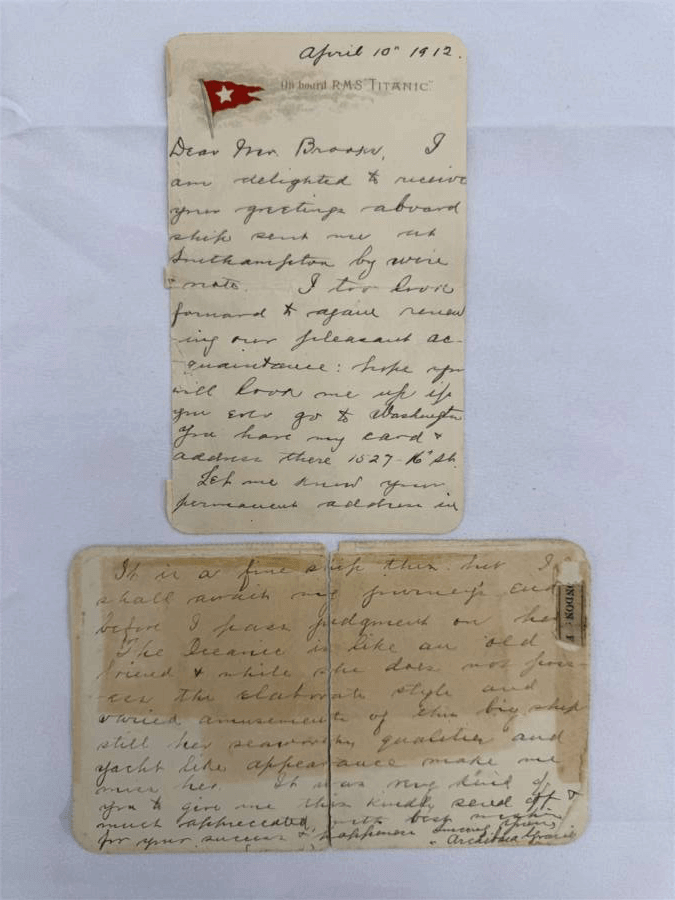
Henry Aldridge & SonArchibald Gracie’s letter was written four days before the Titanic struck an iceberg and sank.
On April 10, 1912, anticipation and excitement were in the air in Southampton, England, as hordes of passengers boarded the RMS Titanic. But one man was less than impressed. Archibald Gracie, one of the Titanic’s most high-profile passengers, took the time that day to write a letter in which he expressed some reservations about the celebrated ship and resolved to withhold his full judgement about the Titanic until his “journeys end.”
The Titanic, of course, would never reach the end of its journey. And Gracie, who narrowly survived the ship’s infamous sinking that killed roughly 1,500 people, would go on to describe the Titanic’s final moments in one of the first published accounts of its demise.
His letter, written four days before the Titanic struck the iceberg that spelled its doom, is a rare artifact from one of the vessel’s most well-known survivors. Now, it has sold at auction for a record-breaking $399,000.
Archibald Gracie’s Letter Written Aboard The Titanic
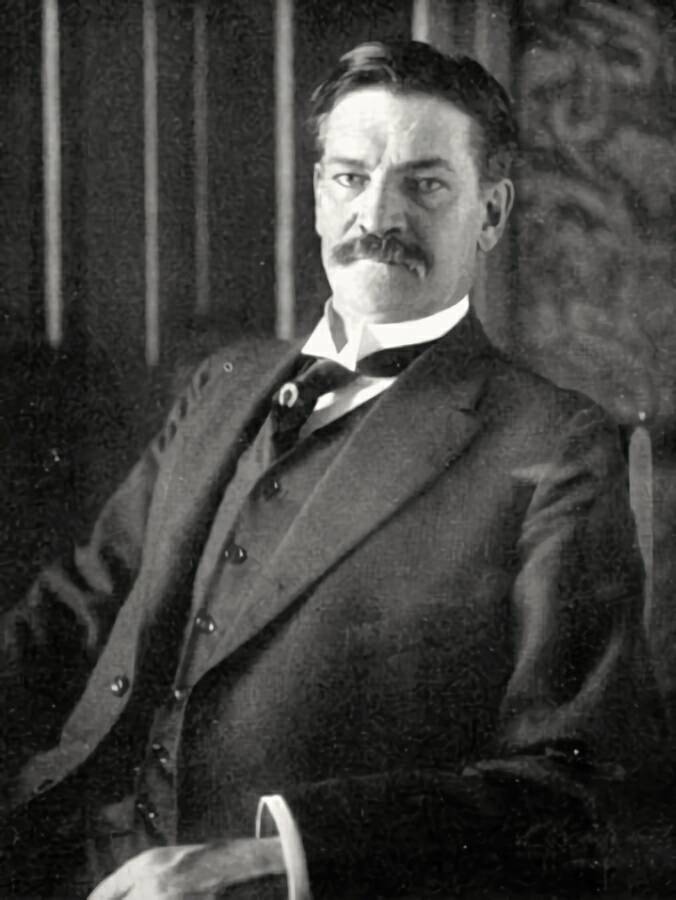
Public DomainArchibald Gracie belonged to New York’s wealthy Gracie family, and he was one of the most high-profile Titanic survivors.
According to Henry Aldridge & Son, the auction house behind the sale, Archibald Gracie wrote his letter on April 10, 1912, the day he boarded the RMS Titanic in Southampton, England. A member of the wealthy Gracie family of New York, Gracie was assigned first-class cabin C51. But though the Titanic was already famous for its size and amenities, including a particularly grand gym, Gracie seemed less than impressed in a letter he wrote that day.
Writing to an acquaintance, a European ambassador from Alabama whose great-nephew has now sold the letter, Gracie expressed some indifference about the Titanic’s reputation, and spoke fondly instead of a different ship, the Oceanic.
“It is a fine ship but I shall await my journeys end before I pass judgment on her,” Gracie wrote. “The Oceanic is like an old friend and while she does not possess the elaborate style and varied amusement of this big ship, still her sea worthy qualities and yacht like appearance make me miss her. It was very kind of you to give me this kindly send off, with best wishes for your success and happiness Archibald Gracie.”
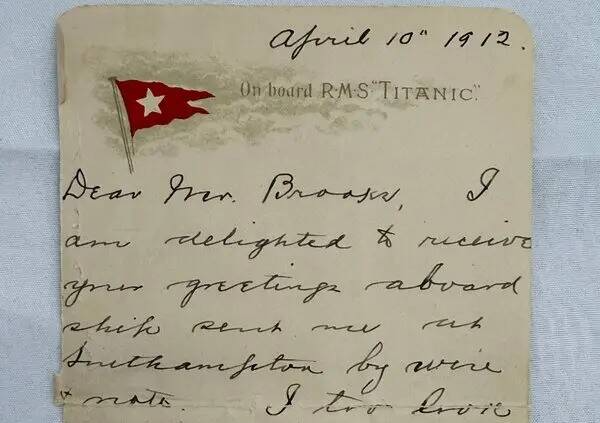
Henry Aldridge & SonArchibald Gracie’s letter from April 10, 1912, which just sold for nearly $400,000 at auction.
As Henry Aldridge & Son explained, “Letters from survivors of Gracie’s profile rarely, if ever, come to market and this piece has never been offered for sale.”
Though the auction house estimated that the letter would sell for $80,000, it ended up selling for $399,000 — demonstrating how highly coveted Titanic artifacts often are.
But what happened to Archibald Gracie himself?
How Archibald Gracie Survived The Sinking Of The Titanic
When the Titanic hit an iceberg at 11:40 p.m. on April 14, 1912, Archibald Gracie was asleep. The collision suddenly roused Gracie and, realizing that the ship’s engines stopped, he went to investigate.
“At the foot of the stairway were a number of men passengers, and I now for the first time discovered that others were aroused as well as myself, among them my friend, Clinch Smith, from whom I first learned that an iceberg had struck us,” Gracie wrote in The Truth About The Titanic, a book about his experience aboard the ship. “He opened his hand and showed me some ice, flat like my watch, coolly suggesting that I might take it home for a souvenir.”
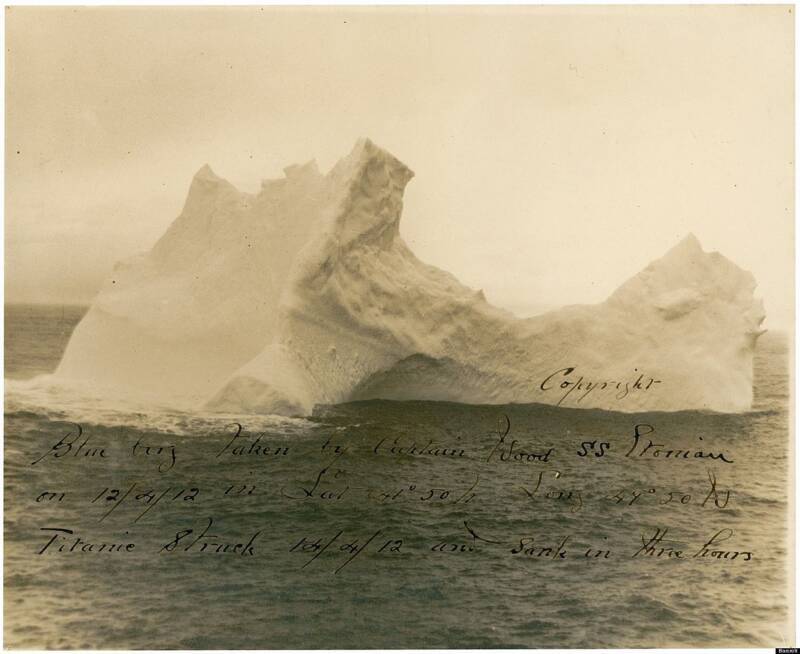
Public Domain
A photo that may depict the iceberg that sank the Titanic, as seen on April 12, 1912, two days before the fatal collision.
Gracie spent much of the next few hours helping others get into lifeboats, including a group of women he had been chaperoning during the voyage. He was initially certain that other ships would hear the Titanic’s distress call and come to their rescue, a hope that faded quickly as the ship continued to slip into the North Atlantic. He ultimately found himself on the ship’s top deck as the Titanic sank.
“When the ship plunged down, I was forced to let go, and I was swirled around and around for what seemed an interminable time,” Gracie later recalled in an interview with the New York Tribune. “Eventually I came to the surface to find the sea a mass of tangled wreckage.” Soon, however, Gracie made it into a lifeboat.
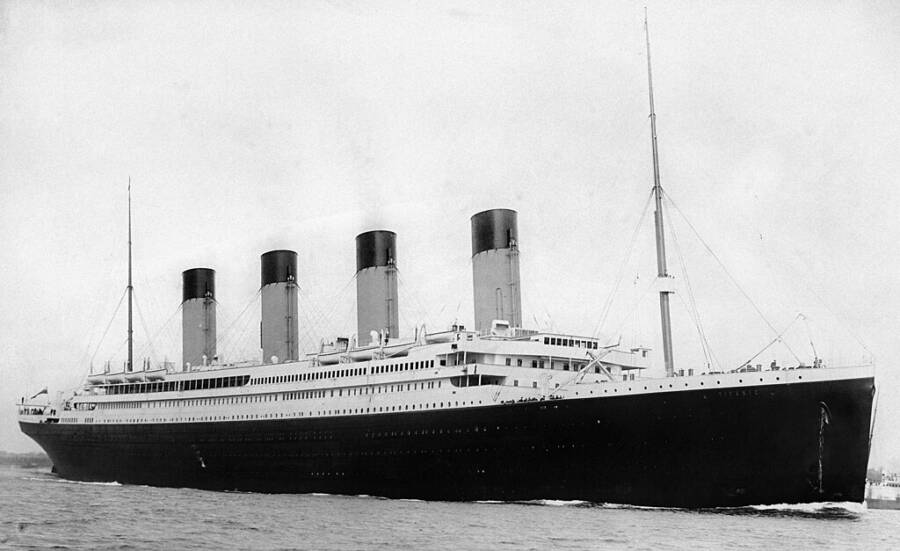
Wikimedia CommonsThe Titanic setting sail from Southampton, England on April 10, 1912, the day that Colonel Archibald Gracie wrote his letter.
Gracie, and the other 705 people who had survived the sinking of the Titanic, were rescued hours later by the RMS Carpathia, the one ship that did respond to the Titanic’s distress signal.
Gracie then returned to New York, where he spent much of his time writing The Truth About The Titanic. However, he never fully recovered from the trauma of the sinking, and died just months later on December 4, 1912, at the age of 54, from complications related to diabetes.
To this day, his letter remains a fascinating artifact that brings the heartbreaking story of the Titanic to life. When Gracie wrote it on April 10, 1912, he had no idea of the horrors to come — or how he would survive one of the worst disasters in modern history.
After reading about the letter written by Archibald Gracie days before the Titanic struck an iceberg and sank, go inside the surprisingly complicated question of why the Titanic sank. Then, learn about some of the wildest conspiracy theories about the sinking of the Titanic.





